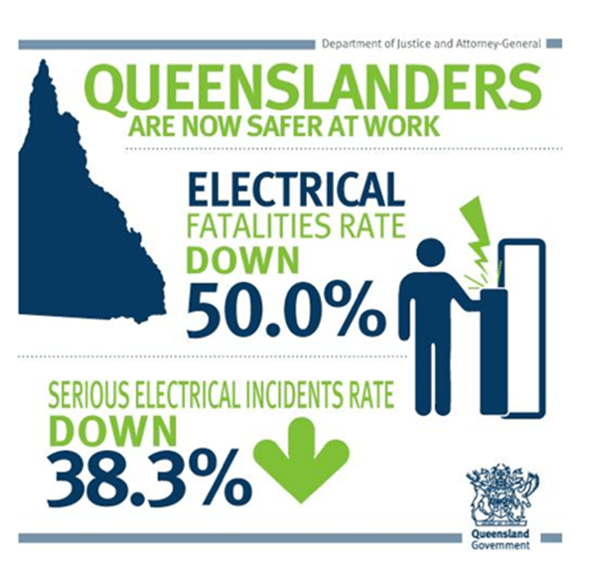Santa, Myths and Regulators.
 I was at a building site yesterday and up pulled a ute full of cases of beer, gifts for loyal and faithful service. A few weeks ago the same company hired a cruise boat for a Christmas party complete with endless alcohol and strippers as a way of saying thanks to the blokes for their commitment and loyalty all year.
I was at a building site yesterday and up pulled a ute full of cases of beer, gifts for loyal and faithful service. A few weeks ago the same company hired a cruise boat for a Christmas party complete with endless alcohol and strippers as a way of saying thanks to the blokes for their commitment and loyalty all year.
The worker Christmas is built on the same myths as the Santa story complete with its own symbols, talk and text. Going along with the mythology of alcohol=pleasure and joy=indulgence workers return to their families and celebrate a second myth.
Belief in Santa is like belief in perfectionism, neither exist. But when we want myths to exist we create a complete methodology around them. We dress up old overweight men, train them to Ho! Ho! Ho! and spread them around shopping malls to perpetuate the myth that Santa can be everywhere at once. So we all go along with the myth because it’s fairly harmless, adds to Christmas cheer and gives the kids an explanation for everything from demands for good behavior and patience to look at presents you can’t open till 25 December.
The Santa myth comes complete with a full suite of semiotics: red and white distinctive colours, sounds of bells, reindeer, snow in Australian summer and a host of symbols and text that anchor the hearts of children to the season. Of course when you get to about 4 or 5 years of age you really discover that this whole process is a myth and that daddy or mummy is really Santa. It’s then that a child wrestles with the realities of Christmas, learns about myth making and joins in with the myth knowing it’s a myth. Something like the way people adapt to nonsense talk about perfectionism.
The psychology of myth making is all about maintaining the dissonance of competing values and accepting an alternate version of reality depending on cultural norms. We accept a myth as a myth and don’t confuse it with reality and this defines mental well being. When we talk about Santa with the kids around we add a nod and wink. If an adult were to accept the Santa myth as reality we would all recommend therapy and a flight to the North Pole. Same with perfectionism, the myth of perfectionism is defined as a mental health disorder and therapy is needed or a trip to the local hospital will sort that out. Adults who can differentiate between myth and reality know that myths are denied by evidence. The acceptance of perfectionism must deny the evidence of everyday life.
WorkCover Queensland released a recent report on fatalities and injuries in the Zero Harm state. (https://www.worksafe.qld.gov.au/injury-prevention-safety/safety-leadership-and-culture/zero-harm-at-work-leadership-program)
I think this has been 10 years now that Queensland continue to report that they don’t achieve or come close to their goal.
One of the first things leaders learn is about SMART goals ie. that goals will not be effective unless they are practical and achievable. Unachieved goals over time promote failure and disillusionment with the goal and diminish motivation, inspiration and effort. The more lower order goals are set (eg. KPIs and numerical goals) the more people lose sight of higher order goals that enhance relationships and build trust in organisations. Everything about zero is a denial of SMART goals setting leadership. In the end safety becomes worth little more than Primary School Arithmetic and it doesn’t take leadership to count.
The idea that zero harm can be associated with leadership is the methodology of myth making. The talk of perfection and the setting of absolutes as goals cannot be reciprocated to the leader and therefore undermines the vulnerability required for leaders to lead. When leaders make mistakes they must be forgiven, when workers make mistakes they must be punished. The quest for zero has been broken.
The mythology of zero relies on a binary construct that doesn’t reflect life and the more the Queensland regulator talks it, the less credibility in safety leadership. Similarly the ACT regulator with the nonsense of Hazardman (http://hazardman.act.gov.au/). How can anyone take the regulators seriously when they continue to maintain such myth making?




Do you have any thoughts? Please share them below